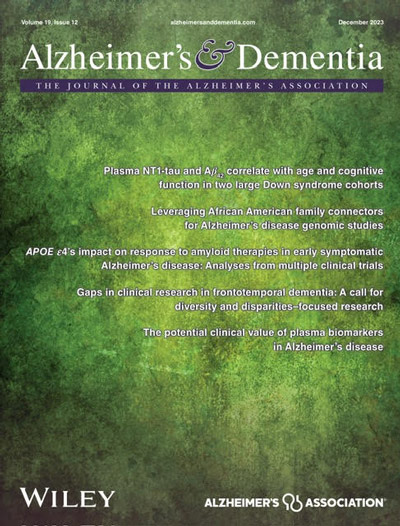Complementary utility of plasma biomarkers and Aβ-PET for diagnosis, risk-stratification, and treatment monitoring in Alzheimer's disease
Abstract
With the rapid development of blood biomarkers (BBMs) related to amyloid-β (Aβ) pathology in Alzheimer's disease (AD), the question arises whether these can replace the accepted reference standard, positron emission tomography (PET), for assessing Aβ burden. BBMs can differentiate Aβ status reliably in cognitively impaired patients, but two-threshold strategies to further improve their performance demonstrate the need for pathological confirmation by Aβ-PET in a non-negligible portion of individuals (∼10%–40%), especially in early-stage disease where BBM performance declines due to lower AD prevalence, reducing the test's positive predictive value (PPV) and increasing the risk for false-positives. This may be increasingly relevant in the future, considering the development of (very) early interventions against AD. Further, BBMs do not accurately reflect the actual Aβ load or change after immunotherapy. Consequently, there are clear remaining needs for Aβ-PET in several clinically important settings as (i) a confirmatory test and (ii) to determine treatment response.
Highlights
- When used as stand-alone tests, blood biomarkers (BBMs) demonstrate good sensitivity and specificity (84%–90%) relative to amyloid-β positron emission tomography (Aβ-PET).
- Two-threshold strategies improve BBM performance but require confirmatory testing by, for example, Aβ-PET in a non-negligible portion of patients that fall in an intermediate range or “gray-zone” (∼10%–40%).
- In early/preclinical populations, BBM performance declines due to lower AD prevalence, reducing the test's positive predictive value (PPV) and increases the gray-zone population.
- Currently available BBMs cannot reliably estimate Aβ-PET burden or track Aβ-plaque removal post-immunotherapy.


 求助内容:
求助内容: 应助结果提醒方式:
应助结果提醒方式:


